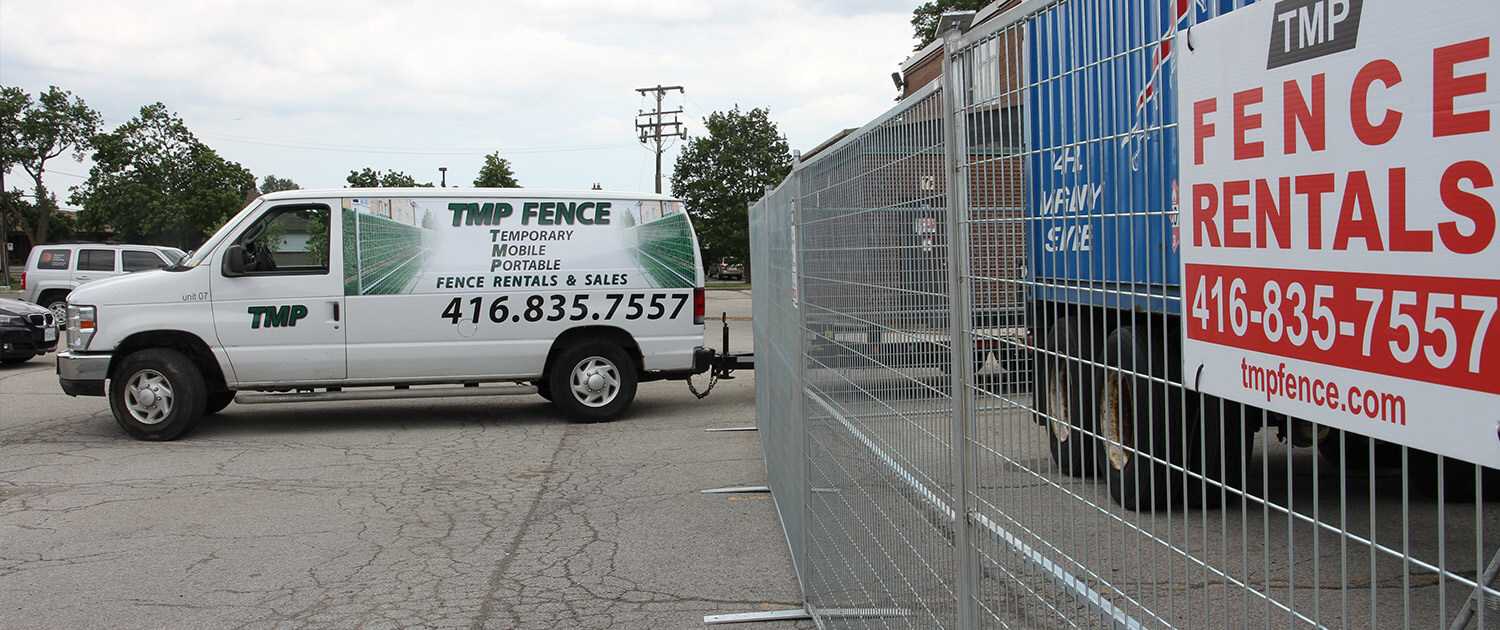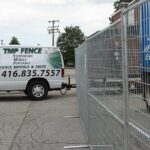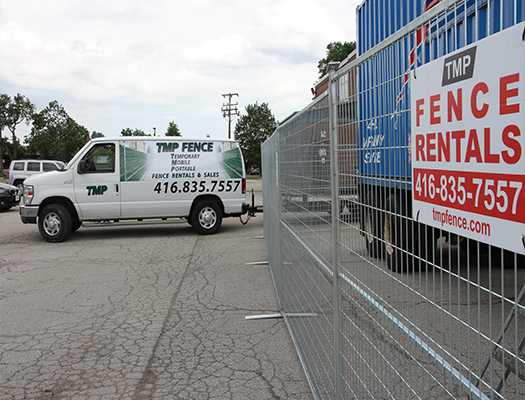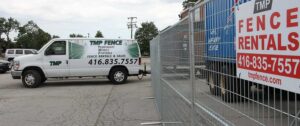In most regions across Canada, municipal bylaws require that trees are protected during construction. Ordinarily, you’ve got two choices: you can take steps to protect the trees from potential damage due to construction with portable fencing, or you’re able to replace any trees that are removed or damaged during the project. In some cases, you might find yourself taking on both. Many cities are working to preserve or boost the canopy cover, so you can’t get rid of a tree without replacing it.
There may be steep fines if you are not able to satisfy your own municipality’s needs for tree protection. Paying to replace damaged or removed trees can also be costly. Experts agree that it’s not as expensive (and more important) to safeguard current trees with portable fencing compared to replace trees removed during construction.
Why Is It Important to Protect Trees?
Trees are critical to the well-being of the communities for several factors. They benefit our health in many ways, trapping dust and consuming airborne pollutants. They provide colour from solar radiation and decrease noise in our neighbourhoods. Research has even shown that within moments of entering a green space surrounded by trees, your blood pressure reduces, your heart rate slows, and you feel less stressed.
Trees also benefit our environment, consuming carbon dioxide as they grow and helping to slow down the speed of global warming. They sponsor complicated microhabitats, providing a home and nutrition to communities of insects and birds. In reality, a mature pine can host as many as 500 distinct species of wildlife!
For those of you at the home-building business, there’s another particularly compelling reason to preserve the trees on site. Research suggests that average house prices are up to 18% greater when properties are near older trees!
How Can Construction Damage Trees?
Most people are not even completely aware of all the manners construction activity can hurt a tree. The potential effect extends far beyond cutting down a tree or damaging branches.
The roots of a tree can easily reach beyond the border of its canopy (known as the”drip line”). The simple act of driving heavy equipment through the”root canal” can have catastrophic outcomes. Heavy machines will compact the soil and cause roots to die, which is equally as awful as digging.
How Do I Make A Tree Protection Plan?
Find out if the municipal bylaws protect the trees on your property. Every municipality has different bylaws in regards to tree protection, and a few just require protection for certain species of trees. Assess your municipality’s website to be certain that you meet the essential requirements.
If you have determined that the trees on your website have to be protected, you ought to employ a certified arborist to create an arborist report. The arborist report is typically a requirement of this building license. As a consequence, you can’t receive a construction permit until Forestry approves the arborist report.
The arborist will come and evaluate the trees on your property. They might also look at the trees on nearby properties if they may be affected by the construction activity. An arborist report would typically seek to answer these questions:
What’s the present health and state of the trees?
Will the trees be affected by construction action? If so, how could they be changed?
What can be done to protect them?
At this stage, you have to employ the arborist’s recommendations to protect the trees during construction. You could even apply for licenses to injure or remove the trees; however, you’re still required to protect any trees that you plan to injure.
In reality, most cities won’t permit a healthy tree to be removed unnecessarily, therefore unless it’s inside the footprint of the projected arrangement, you can have the ability to use to injure the tree. The exception is if the planned structure could cause the roots to be severed near the back of the tree because this threatens its structural integrity.
If it concerns the trees you’re needed to shield, most tree protection programs will demand some hoarding.
Typically, the hoarding should stop the passing of any debris or sediment. This implies that should temporary fencing is to be utilized; it has to incorporate a tight-knit screening. Check with the regional municipality to ascertain which kinds of hoarding are okay.
By following our steps mentioned above, you can do what you can to protect our trees and take care of the health and attractiveness of the neighbourhoods.




